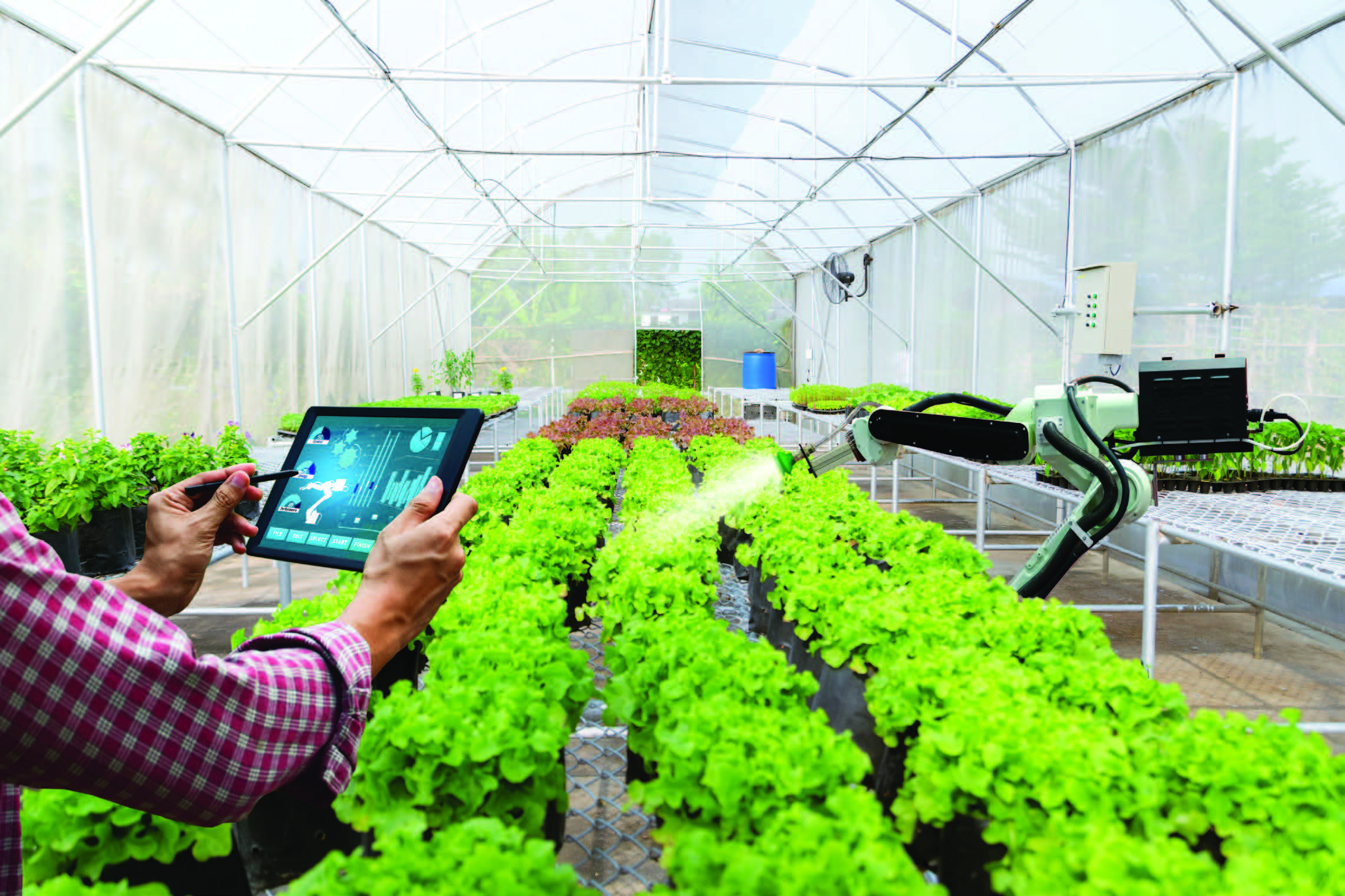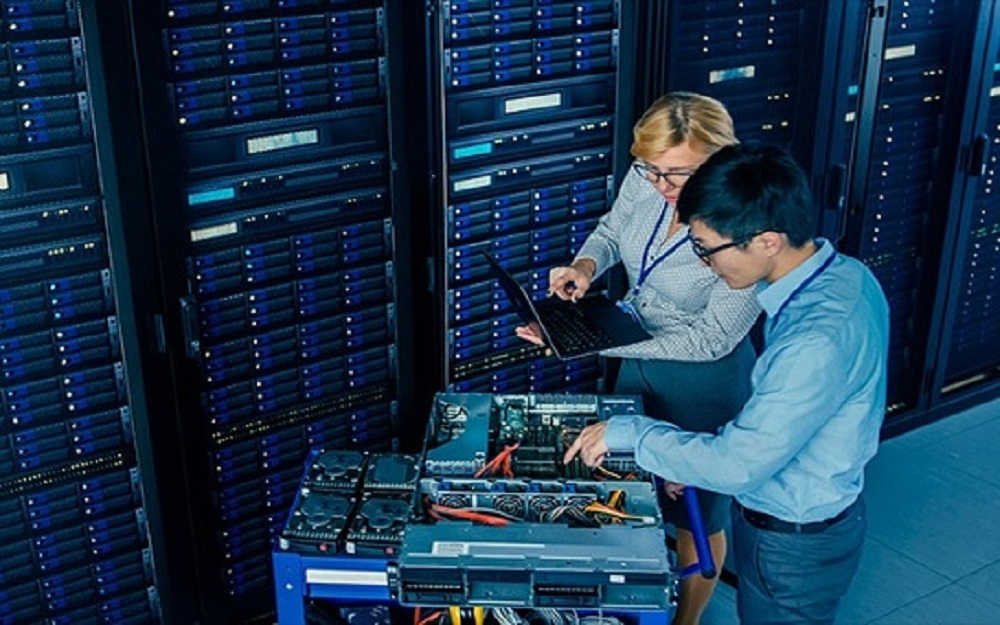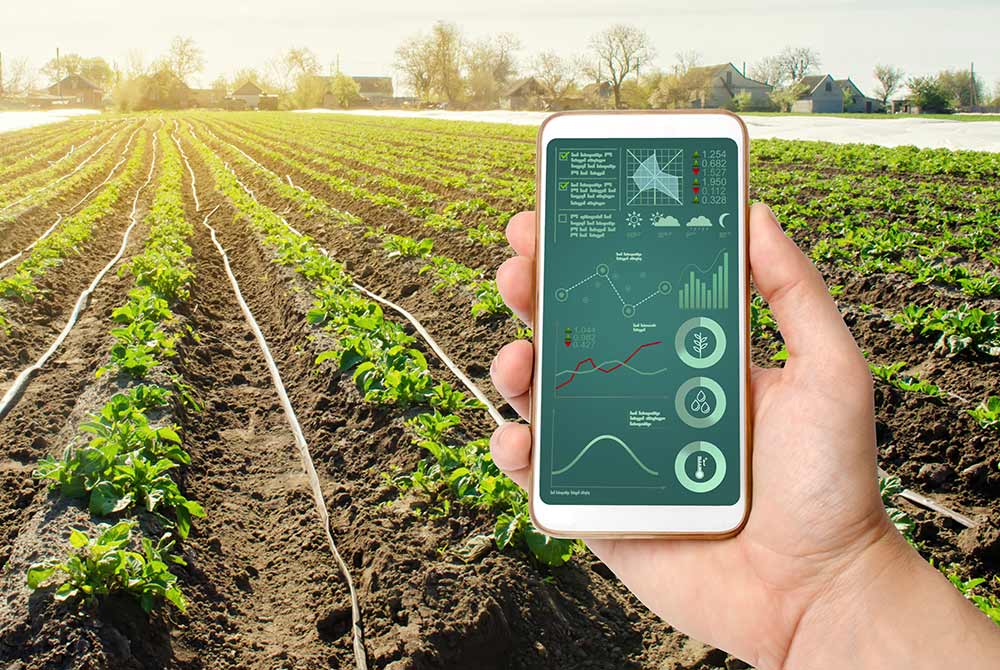Development and application
Equipment used in server room monitoring system:
Application to process innovation: Prominent among them is the use of cloud computing to produce and provide products with high output quality and safety in hygiene, significantly increasing production. compared to previous traditional production methods. The application of cloud technology brings many benefits such as: standardizing the supply process and stimulating demand, investment costs are reduced, lead time is shortened, service quality is improved, model is improved. business is more flexible.Applied to the process of agricultural technical innovation.
Application in a new mode of production: Having access to 4.0 technology applications helps the agricultural industry to change the previously fragile and simple production method. A new, digital farmhouse that's twice as efficient and sustainable as the traditional one. A digital farm that includes intelligence, technology, self-driving tractors, simulated crops, simulated harvests with 3D images. A 4.0 technology farm can grow vegetables with a drone, which is an impressive thing that no one expected, the satellite image of farming appears on the control center screen to help reduce costs. costs and increase crop productivity.



